Whether you have previously thought about your profit margin or not, now might be a good time to do so. With the pending Medicare cuts coming, the looming next wave of Covid, flu season, deductibles starting over for 2021, and who knows what else will arise, now is a good time to get things in order and stop leaking money or losing money in your practice.
There are actually 53 ways a practice can lose money or be inefficient in their delivery of care. While this list does include such things as cancellations and no shows it goes way deeper than that. Being able to identify any of the 53 things will always help a practice to be more profitable but identifying some key things will really cause a huge boost to a practice.
So lets look at a few of these:
- What is the actual number of patient visits your practice needs to be profitable? It is easy to tell a PT “I need you to see ‘x’ patients this week”. But is that really the true number for the practice? By no means am I saying to pack your schedule full and see 4 patients every hour, but we need make sure that what they are seeing will provide the practice with the necessary income. There is a certain level of income that is needed to:
- pay all its bills on time,
- set some money aside for emergencies,
- pay you a salary as the owner
- give staff raises when deserved
- buy new equipment
Think of it this way – if a pizza shop did not know how many pizzas they needed to sell in order to be profitable, they could make the best pizza in town but still be losing money. The same is true for a PT practice, we need to know how many visits we need to cover all of our expenses every week.
Here are the steps to determining how many visits your practice needs per week:
What are your expenses? Take everything you pay over the course of the month. This would include: payroll, rent, utilities, taxes, supplies, refunds, EMR and billing company fees. Get this data for the past 6 months and figure out the average. Add all of this up and add an additional 15% for unforeseen expenses that arise. Now divide this by 4.3 to get the weekly average of your expenses (there are 4.3 weeks in a month based on 52 weeks a year)
What is your average reimbursement per visit? Take a look at what your 5 most common payer sources pay you on average per visit. Yes I know that this fluctuates based on what you actually bill but you can get a good and close estimate by looking back over the past 3 months to find out what each source paid you for each visit. Just take a sample size of each source (let’s say 10 claims from each insurance) and figure out what you were paid for each visit. Then you can average all 10 of these together for each of the 5 sources and figure out that your average reimbursement per visit is “ _____ “. I know that my practice’s average reimbursement per visit is $78.32 currently. I figure this number every quarter for a number of reasons, but knowing it is a powerful tool.
Now lets use the following equation:
Expenses (figured in “A” above) _____________
divide the expenses by your average reimbursement
Letter “B” above _____________
= this is the total number of visits needed weekly _____________
As an example:
If my practice expenses are $22,876 / month on average for the past 6 months
I divide this by 4.3 (average weeks per month)
= $5320 = weekly expenses
Based on “B” above I figured that my average reimbursement was $78.32
Now I divide $5320 by $78.32 to get my minimum # of patient visits per week
= 70 visits per week minimum to cover my expenses.
From this we can then determine what is it that everyone needs to actually do in order to get those 70 visits per week. And that is 70 visits (in the example) ACTUALLY SHOWING UP AND PAYING FOR THEIR CARE, not scheduled.
- Are your staff as productive as they need to be to ensure a profitable practice? Now that we know how many patient visits we need, we can figure out what EXACTLY it is that we need our staff doing on a weekly basis. This is where we can now say:
- to a clinician, “I need you to see “x” number of patients per week”, “I need 100% of your evaluations to sign up for a full plan of care”,
- to the front office, “I need you to ensure that there are no more than “___” cancelations this week”, “I need the schedule to be ____% full”,
- to the billing office, “I need you to collect a minimum of $5320 this week, whatever it takes.”
The important thing to note here is that I am assigning what I call a TARGET to each and every staff member. This is a direct correlation to what they need to do to ensure that the practice is profitable every week.
I think we would all agree that we don’t hire bad people but if we don’t tell our staff exactly what it is that we need them to do, they can quickly turn into “bad staff”. This is where setting weekly targets comes in to play. When we don’t tell our staff what to do, they will use their own brains (which I agree we want them to be able to do) to set their own targets. The issue here is that if they don’t know what we need and want from them, we will most likely not get what we really need and want. We will usually get what they feel to be the “target” which most often times is not what is needed for the practice to be profitable.
This is the case for all of our staff, they need to have a productivity standard set for them that results in the practice having the needed income to not just survive but to actually THRIVE as a business.
I know, you don’t want to be authoritative in how we run your business. I get it, that is not what I want either. I once had this thought that I didn’t want my practice to be about “numbers”. But I was stuck between a rock and a hard spot. As the owner I needed it to be about numbers so we could keep the doors open and everyone could get paid and get the raises they deserved, while on the other hand I wanted it to be about getting people better and helping patients. So, I had to change my mindset as well as how I talked to my staff. I started using the term “helping patients” instead of “patient visits”. Ultimately these two go hand in hand, but we have to remember as the owner (and that is the most important hat you wear in this practice) we have to think about the numbers.
- Are we training and practicing with our staff so that they can meet the productivity levels we assign them? Our staff are the key to the practice being successful and profitable, unless you want to do all the work all the time, so we need to make sure that staff are doing their part in getting the results. Assign these targets and don’t get agreeable when they are not met. I’m not saying run around and cut everyone’s heads off when they don’t meet the target. Instead, look at what they need in order to meet the target you are assigning. Keep in mind, that just like we never got trained in PT school to run a practice, PT’s also never get trained to help patients see the value in our care (as an example). Call it “sales if you like” but ultimately we need to be better at helping patients to have realizations about why our care is worth the money, time, difficulty they will have when they don’t take care of the problem.
There are so many things we need to train and drill with our staff about, including how to:
- handle cancellations and no shows
- get a patient to sign up for a full plan of care at the evaluation
- promote to get patient referrals
- write a blog or do a video for promotional purposes
- prevent early and self-discharges
- and the list goes on and on
Right about now you may be thinking that you or your staff don’t have time in their schedule to do this drilling but think of it this way. If everything you do helps them to better meet their targets that you assign, then the time is worth every visit you get out of it. For example, if I told you that 30 minutes of training per week can prevent just one cancellation, would you make an investment in your front office staff of 30 minutes (lets say maybe a cost of $10 for that 30 minutes) to prevent just one cancellation that week (which equals your average reimbursement per visit – $78)? I’m pretty sure we would all be willing to make a $10 investment to make $78.
What if you invested 30 minutes in training and drilling with a PT to prevent a patient from self-discharging at visit # 6? So, for 30 minutes of drilling (let’s say $25 spent in salary for that 30 min) to get 6 visits more visits at $78 / visit (that’s $468) – that’s a pretty good investment.
Yes, it takes a bit of work to help your staff meet their targets, but again, you didn’t hire bad people. So, when you invest some time in them you will get the pay off for the long term. This is something we already think about for our PT’s in the line of continuing education, so why not a little investment in helping them reach their targets?
And best of all, when we put just the 3 things above into play in our practice, we will be putting ourselves that much closer to actually running a business that is profitable and successful. The goal here is for you the Owner, to have the FREEDOM you deserve. Steps 1, 2, and 3 will help to get you closer to that.
I hope this gave you some good data to think about. I would love to hear what you have to say about it as well as any help you may need. Send me an email at mike@fortisbusinesssolutions.com.





